

Articles
How Do Shower Curtains Work
Modified: August 27, 2024
Discover how shower curtains work with our informative articles. From materials to installation, we've got you covered. Explore now!
(Many of the links in this article redirect to a specific reviewed product. Your purchase of these products through affiliate links helps to generate commission for Storables.com, at no extra cost. Learn more)
Introduction:
A shower curtain is a common item found in bathrooms around the world. Its purpose is to provide privacy and prevent water from splashing outside the shower area. The humble shower curtain may seem like a simple accessory, but it plays a vital role in maintaining a clean and dry bathroom space.
In this article, we will dive deep into the world of shower curtains and explore how they work. We will discuss the materials used, the various types available, the installation and maintenance process, the benefits of using shower curtains, and some common problems that may arise.
So, if you’ve ever wondered about the functionality and importance of shower curtains, read on to discover the fascinating details behind this bathroom staple.
Key Takeaways:
- Shower curtains are more than just functional; they offer privacy, style, and water containment. With various materials and types available, they provide an easy and budget-friendly way to personalize your bathroom.
- Proper installation and maintenance are crucial for maximizing the benefits of shower curtains. From preventing water leakage to addressing mold and mildew, proactive care ensures a clean, safe, and visually appealing bathroom space.
Read more: How Do Shower Curtain Rods Work
The Function of Shower Curtains:
Shower curtains serve a vital function in the bathroom by creating a barrier between the shower area and the rest of the bathroom. Their primary purpose is to prevent water from splashing outside the shower enclosure and causing damage to the surrounding walls, floors, and furniture.
When you turn on the shower, water is sprayed out in different directions, creating a mist and droplets that can easily escape the confines of the shower area. Without a shower curtain, water would freely splash onto the bathroom floor, causing it to become wet and slippery. This not only poses a safety hazard but also leads to potential water damage and mold growth.
In addition to preventing water damage, shower curtains also provide privacy. They act as a shield, allowing you to shower without worrying about someone accidentally walking in on you. This is especially important in shared bathrooms or when hosting guests in your home.
Moreover, shower curtains can add a decorative element to your bathroom. With a wide range of designs, patterns, and colors available, you can find a shower curtain that matches your personal style and complements the overall aesthetic of your bathroom.
Overall, the function of shower curtains is to contain water within the shower area, maintain privacy, and enhance the visual appeal of the bathroom.
Materials Used in Shower Curtains:
Shower curtains are available in a variety of materials, each with its own set of advantages and considerations. The choice of material often depends on factors such as durability, water resistance, ease of maintenance, and aesthetic appeal.
1. Vinyl: Vinyl is one of the most common materials used in shower curtains. It is known for its affordability, water resistance, and ease of cleaning. Vinyl curtains are typically made from a PVC (polyvinyl chloride) material which makes them highly resistant to water and mold. They are also available in a wide range of designs and colors, making it easy to find one that suits your bathroom decor.
2. Polyester: Polyester shower curtains are another popular choice. They offer excellent durability and are resistant to mildew. Polyester is a synthetic fabric that is known for its quick-drying properties, making it an ideal material for shower curtains. Additionally, polyester curtains are often treated with a water-repellent coating, further enhancing their water resistance.
3. Cotton: While less common than vinyl or polyester, cotton shower curtains have their own charm. They offer a more natural and textured look to the bathroom. Cotton curtains are breathable and soft, which can add a cozy and inviting feel to the shower area. However, it’s important to note that cotton is not inherently water-resistant, so a cotton curtain may require a waterproof liner to prevent water leakage.
4. Nylon: Nylon shower curtains are lightweight, durable, and resistant to water. They are known for their quick-drying properties and are often used in hotels and gyms due to their practicality. Nylon curtains are typically more expensive than vinyl or polyester, but they offer good longevity and ease of maintenance.
5. Fabric Blends: Some shower curtains are made from a blend of different materials, such as cotton-polyester blends or polyester-rayon blends. These fabrics combine the advantages of each material, such as the water resistance of polyester and the softness of cotton. Fabric blend curtains are often more luxurious and offer a wider variety of patterns and designs.
It’s important to consider the specific features and requirements of each material when choosing a shower curtain. Factors such as water resistance, durability, maintenance, and aesthetic appeal should be taken into account to ensure that you select a curtain that meets your needs and preferences.
Types of Shower Curtains:
When it comes to shower curtains, there are several types available to suit different preferences, budgets, and bathroom layouts. Each type offers unique features and benefits. Let’s explore some of the most common types of shower curtains:
1. Standard Curtain: The standard shower curtain is the most traditional type, typically measuring around 72 inches wide by 72 inches long. It hangs from a curtain rod using hooks or rings. Standard curtains come in a variety of materials, colors, and patterns, allowing you to choose one that matches your bathroom décor.
2. Hookless Curtain: As the name suggests, hookless curtains do not require hooks or rings for installation. Instead, they have built-in grommets or slits that allow the curtain to be easily attached to the rod. Hookless curtains offer a sleek and modern look and are convenient to install and remove for cleaning.
3. Fabric Curtain with Liner: For those who prefer a more luxurious and upscale look, fabric curtains with liners are an excellent option. These curtains are made from fabric, such as cotton or polyester, and come with a separate waterproof liner. The fabric curtain adds a decorative touch to the bathroom, while the liner provides the necessary water resistance.
4. Clear Plastic Curtain: Clear plastic curtains are a popular choice for those who want a simple and minimalist aesthetic. These curtains are made from transparent or translucent plastic materials, allowing light to pass through and creating a spacious feel in the shower area. Clear plastic curtains are also easy to clean and maintain.
5. Curved Curtain: Curved shower curtains are designed to follow the contour of a curved shower rod. These curtains provide a wider showering area and make the bathroom feel more spacious. They also help to prevent the curtain from billowing inward, keeping it away from the body during the shower.
6. Extra Long Curtain: If you have a taller or larger shower space, an extra-long curtain may be necessary to ensure adequate coverage. Extra-long curtains are typically around 84 inches or 96 inches in length, providing better water containment for taller individuals or shower enclosures.
Remember to consider your specific needs, the layout of your bathroom, and the visual style you desire when choosing a shower curtain type. Each type has its own advantages, so take your time to find the one that suits you best.
When using a shower curtain, make sure to close it completely to prevent water from splashing out. Also, consider using a liner to provide extra protection and keep the curtain clean.
Installation and Maintenance of Shower Curtains:
Installing and maintaining a shower curtain is relatively straightforward. Whether you’re a seasoned DIY enthusiast or new to home improvement projects, you can easily follow these steps to install and care for your shower curtain:
Installation:
- Measure the Shower Area: Begin by measuring the width and height of your shower area. This will help you determine the appropriate size of the curtain and the curtain rod you’ll need.
- Choose a Curtain Rod: Select a curtain rod that fits the width of your shower area. There are various types available, such as tension rods that adjust to fit the space or mounted rods that need to be screwed into the walls.
- Attach the Curtain Hooks or Rings: If using a standard curtain, attach the curtain hooks or rings to the curtain holes, ensuring they are evenly spaced.
- Hang the Curtain: Slide the curtain hooks or rings onto the curtain rod and hang the curtain in place. Adjust the height if necessary so that the curtain hangs just above the shower floor.
Maintenance:
- Regular Cleaning: Shower curtains can collect soap scum, mold, and mildew over time. To keep your curtain clean, regularly remove it from the curtain rod and wash it according to the manufacturer’s instructions. Most fabric curtains can be machine washed, while plastic curtains can be wiped down with a damp cloth.
- Preventive Measures: To prevent mold and mildew growth, ensure your bathroom is well-ventilated. Open a window or turn on an exhaust fan during and after showering to reduce moisture buildup. Additionally, consider using a shower curtain liner along with your fabric curtain to provide an extra barrier against water and mold.
- Address Stains and Mildew: If you notice stains or mildew on your curtain, address them promptly. For fabric curtains, use a mild detergent or stain remover to treat the stains. Plastic curtains can be cleaned with a mixture of vinegar and water or a bleach solution, but be sure to follow the manufacturer’s recommendations.
- Replace When Needed: Over time, shower curtains may suffer wear and tear or become discolored. If you notice signs of damage or the curtain is no longer effective in keeping water contained, it may be time to replace it with a new one.
By following these installation and maintenance tips, you can ensure that your shower curtain functions properly and remains clean and attractive for a long time.
Read more: What To Do With An Old Shower Curtain Liner
Benefits of Using Shower Curtains:
Shower curtains offer numerous benefits beyond their functional role in keeping water contained within the shower area. Let’s explore some of the key advantages of using shower curtains:
- Water Containment: The primary benefit of using a shower curtain is its ability to keep water from splashing outside the shower area. This helps maintain a dry and safe bathroom environment, preventing water damage to floors, walls, and furniture.
- Privacy: Shower curtains provide an essential level of privacy while showering, especially in shared bathrooms or when guests are present in your home. They act as a barrier, preventing unintentional exposure and allowing you to feel comfortable and at ease in your own space.
- Aesthetics and Personalization: Shower curtains come in a wide range of designs, patterns, and colors, allowing you to personalize and enhance the overall aesthetic of your bathroom. You can choose a curtain that reflects your style and complements the existing decor, adding a touch of visual appeal to the space.
- Accessibility: Installing a shower curtain can make your shower area more accessible for individuals with mobility issues or those who use mobility aids, such as wheelchairs or walkers. It eliminates the need for stepping over the threshold of a shower enclosure or navigating sliding doors.
- Easy Installation and Maintenance: Shower curtains are relatively easy to install, requiring only a curtain rod and hooks or rings. They are also simple to maintain, as most curtains can be machine washed or easily wiped clean. This saves time and effort compared to more complicated enclosure systems.
- Versatility: Shower curtains offer versatility in terms of size, material, and style. Whether you have a standard or a uniquely shaped shower area, there is a curtain available to fit your needs. You can also easily switch out curtains to match a change in decor or personal preferences.
- Budget-Friendly: Compared to other shower enclosure options, such as glass doors or custom-built systems, shower curtains are generally more affordable. They provide an economical solution for containing water and maintaining privacy without compromising functionality or style.
Overall, shower curtains offer a combination of practicality, aesthetics, and customization options. They contribute to a clean and organized bathroom space while reflecting your personal taste and preferences.
Common Problems with Shower Curtains:
While shower curtains are a practical and decorative addition to any bathroom, they can sometimes present a few challenges. Here are some common problems that you may encounter with shower curtains:
- Water Leakage: One of the most prevalent issues is water leakage around the edges of the curtain or at the bottom. This can be caused by a poorly fitted curtain or inadequate coverage. To address this problem, ensure that your curtain is wide enough to cover the entire shower area, and consider using a shower curtain liner for added protection.
- Mold and Mildew: Shower curtains are prone to mold and mildew growth due to the constant exposure to moisture. If not properly maintained, these fungi can thrive on the curtain’s surface, leading to stains, odors, and potential health concerns. Regular cleaning with mildew-resistant cleaners or vinegar solution can help prevent this problem.
- Curtain Billowing Inwards: If your shower curtain billows inward during showering, it can be an annoyance. This occurs when the curtain is not heavy enough to resist the airflow created by the water spray. Adding a weighted hem or using a heavier curtain material can help keep it in place.
- Rust or Corrosion of Hooks and Rings: Metal curtain hooks or rings may rust or corrode over time due to exposure to moisture. This can lead to difficulty in opening and closing the curtain or unsightly stains. To prevent this, opt for rust-resistant or plastic hooks and rings, and periodically check and replace them as needed.
- Tangled or Stuck Curtain: Occasionally, shower curtains can become tangled or get stuck on the curtain rod, making it challenging to open or close them smoothly. This can be caused by a misaligned rod or inadequate spacing between the curtain and the wall. Adjusting the rod or adding curtain gliders can help alleviate this problem.
- Fading or Discoloration: Exposure to sunlight and harsh cleaning agents can cause shower curtains to fade or become discolored over time. This can affect their aesthetic appeal and make them appear worn. To prevent fading, choose fade-resistant materials and avoid using abrasive cleaners.
- Tear or Damage: With regular use, shower curtains may develop tears or other damages. This can be caused by accidental pulls or the wear and tear of daily use. If the damage is minor, you can patch it up or sew it. However, severe damage may warrant the replacement of the entire curtain.
By being aware of these common problems and taking proactive measures, you can minimize their impact and ensure that your shower curtain remains in good condition, providing effective water containment and adding visual appeal to your bathroom.
Conclusion:
Shower curtains play a crucial role in maintaining a clean, safe, and visually appealing bathroom. They provide a barrier to contain water within the shower area, offer privacy while showering, and allow for personalization of the space. By understanding the materials used, various types available, installation and maintenance processes, as well as potential problems, you can make informed decisions when choosing and caring for your shower curtain.
Whether you opt for a standard curtain, a hookless design, or a fabric curtain with a liner, each type has its own advantages and considerations. Vinyl, polyester, cotton, and nylon are some of the common materials used, each offering unique properties and benefits. Proper installation, including measuring the shower area, selecting the right curtain rod, and securely hanging the curtain, is essential for optimal performance.
Maintenance of the shower curtain is equally important. Regular cleaning, preventive measures against mold and mildew, and addressing stains or damage promptly will ensure the longevity and functionality of the curtain. Additionally, being aware of common problems such as water leakage, mold growth, billowing, rust or corrosion, tangling, fading, and tear can help you address them effectively.
In conclusion, shower curtains are not merely functional items but also serve as decorative elements that reflect your style and personality. They offer privacy, water containment, accessibility, and versatility while being budget-friendly and easy to install. With proper installation, regular maintenance, and consideration of the specific needs of your bathroom, you can enjoy the benefits of a well-chosen and well-cared-for shower curtain for years to come.
Frequently Asked Questions about How Do Shower Curtains Work
Was this page helpful?
At Storables.com, we guarantee accurate and reliable information. Our content, validated by Expert Board Contributors, is crafted following stringent Editorial Policies. We're committed to providing you with well-researched, expert-backed insights for all your informational needs.
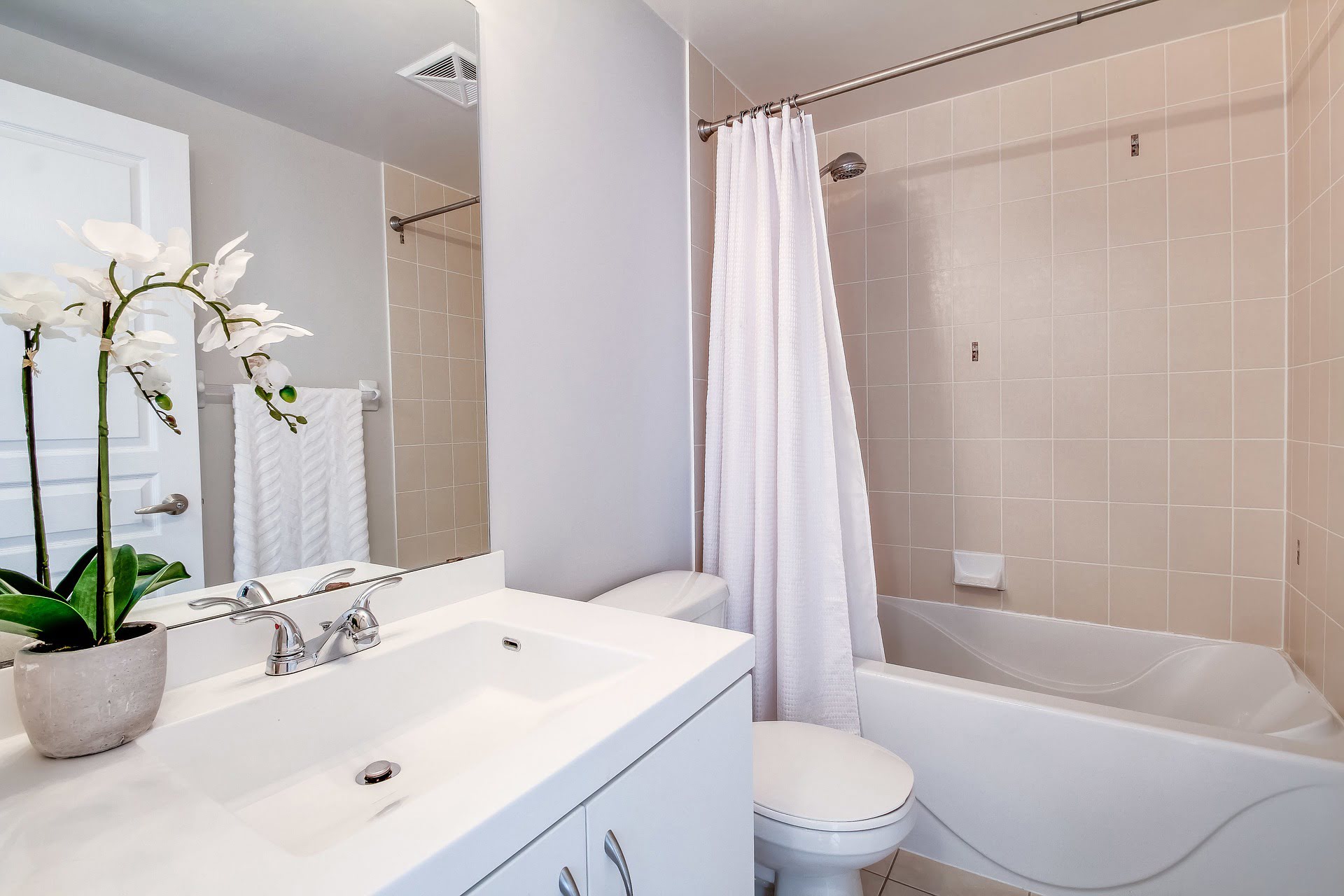
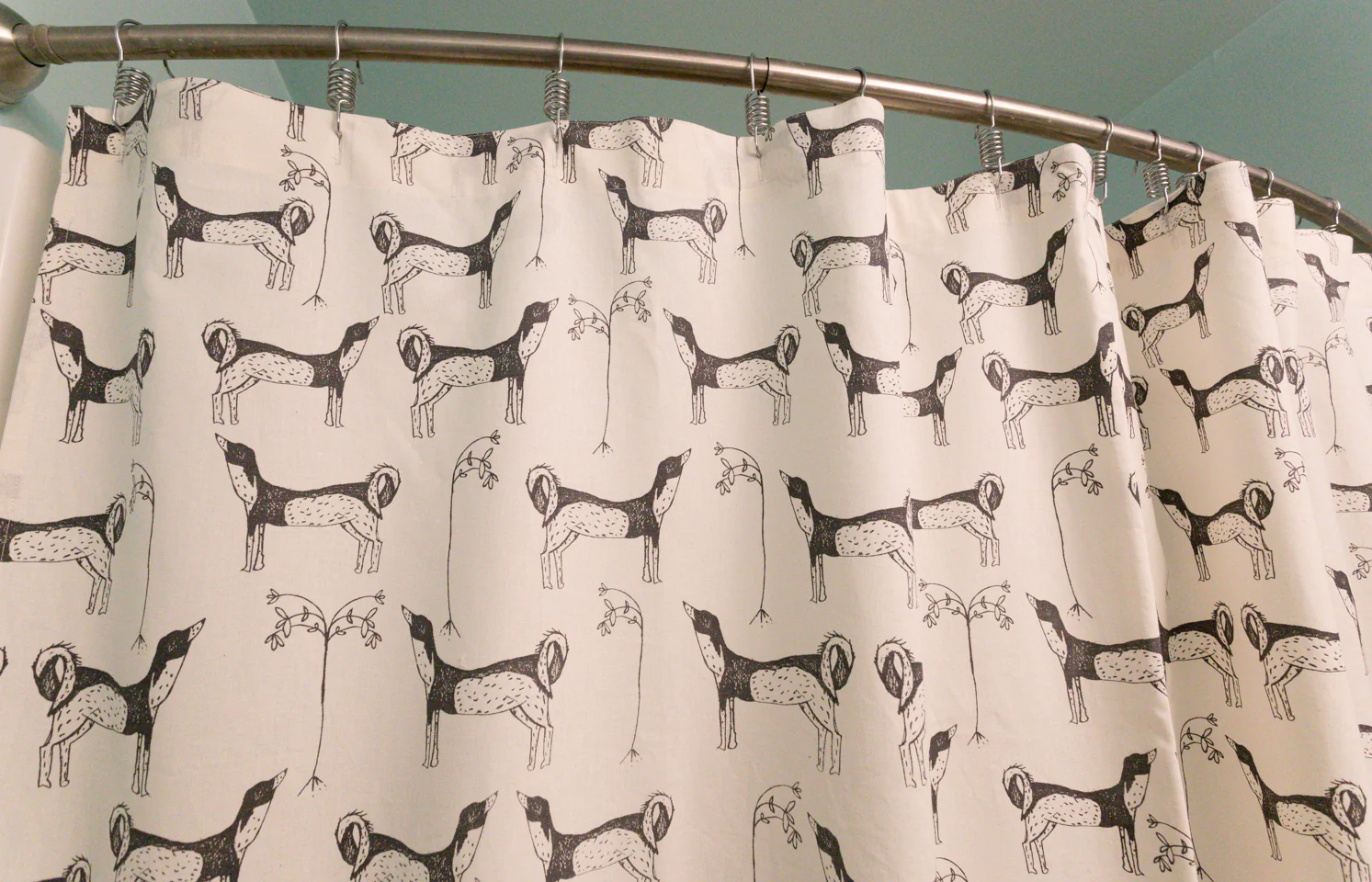

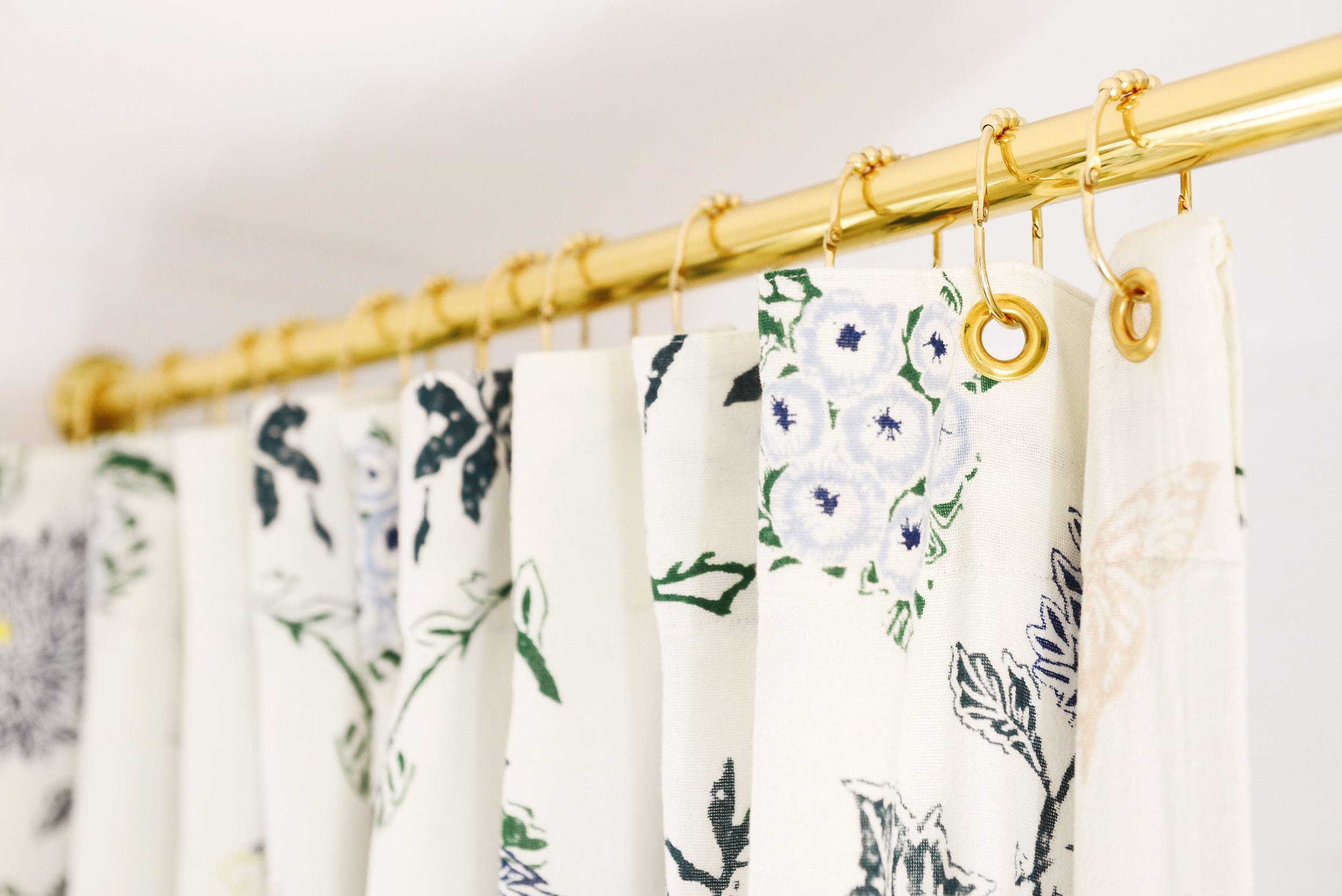
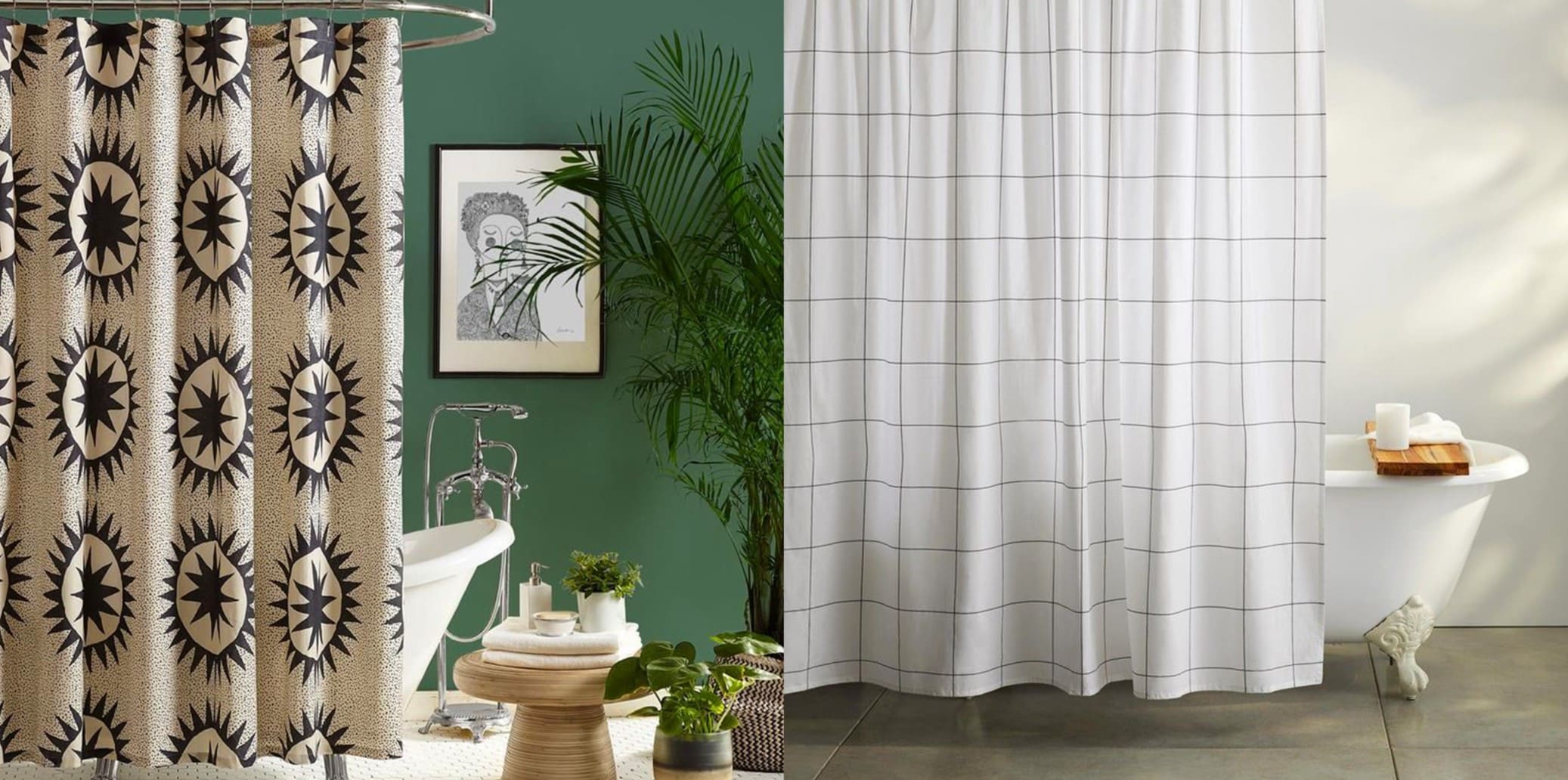
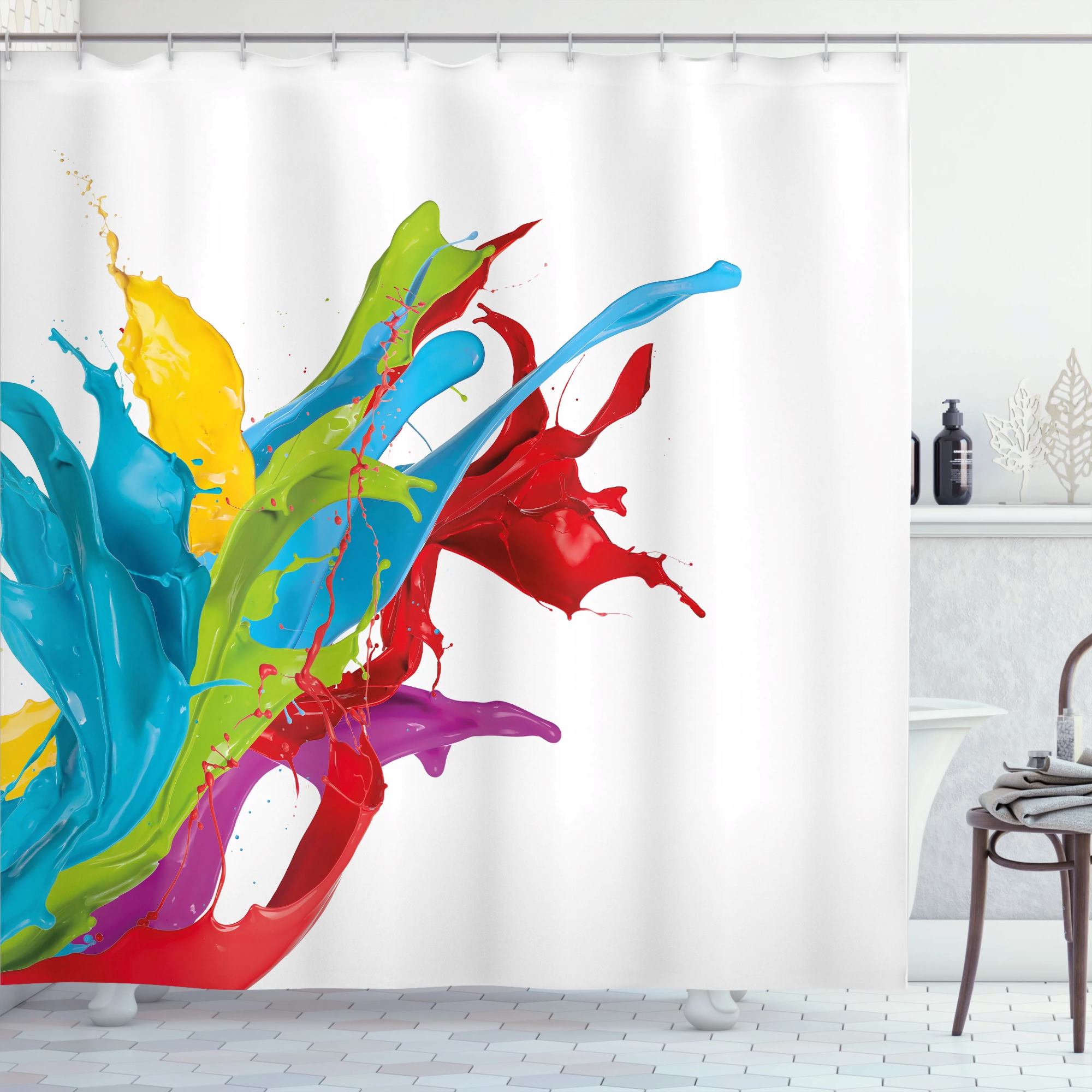
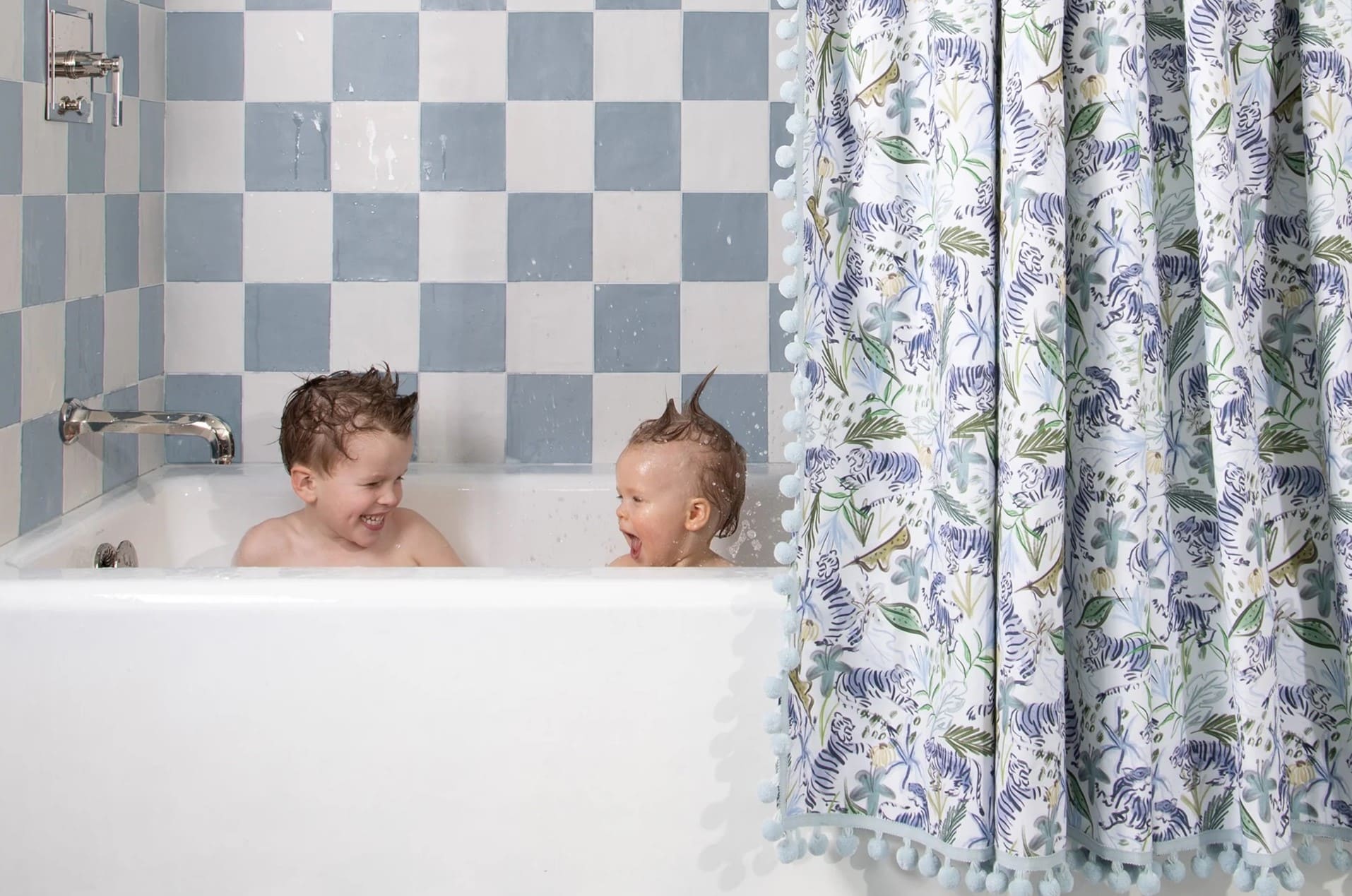
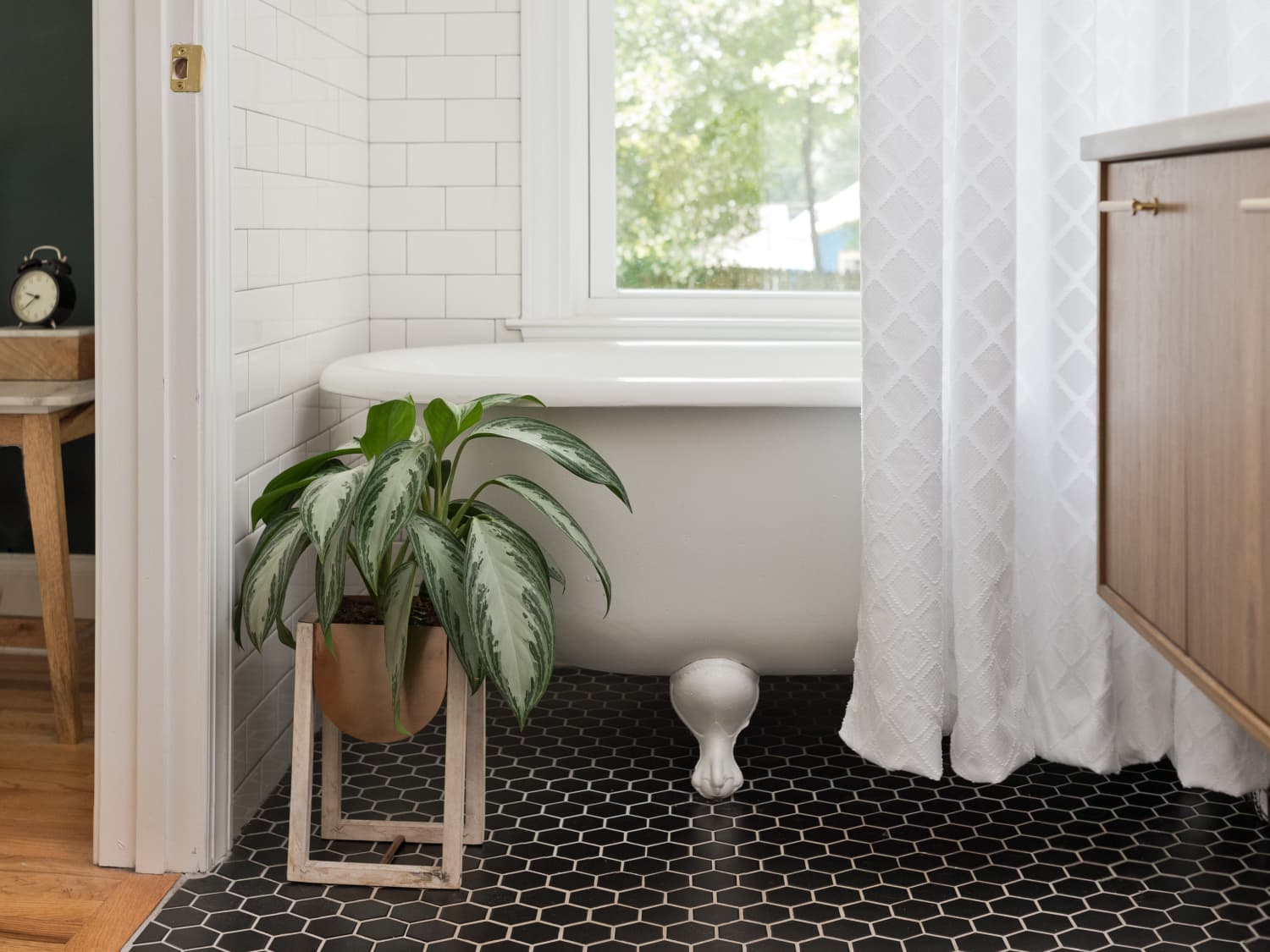
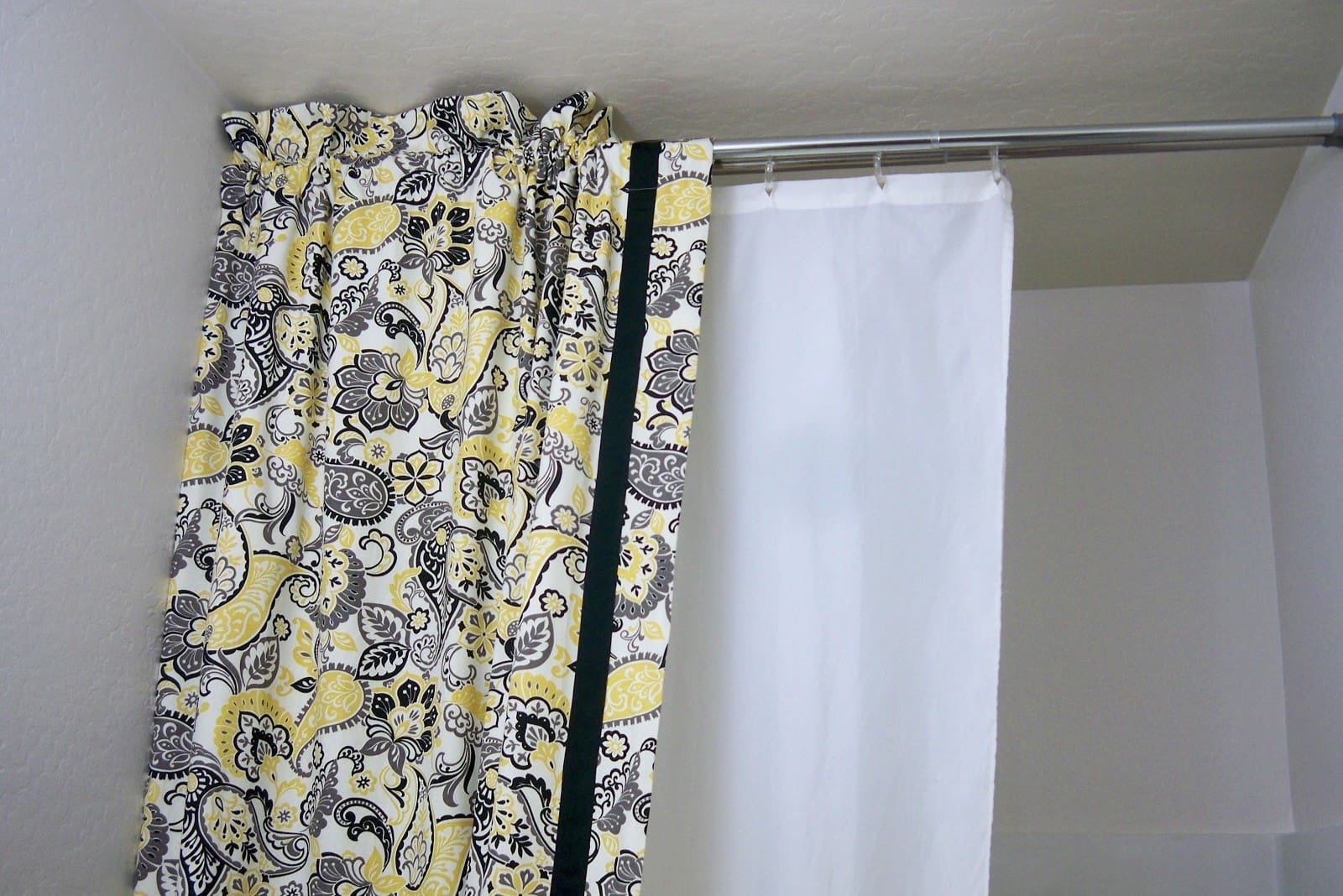
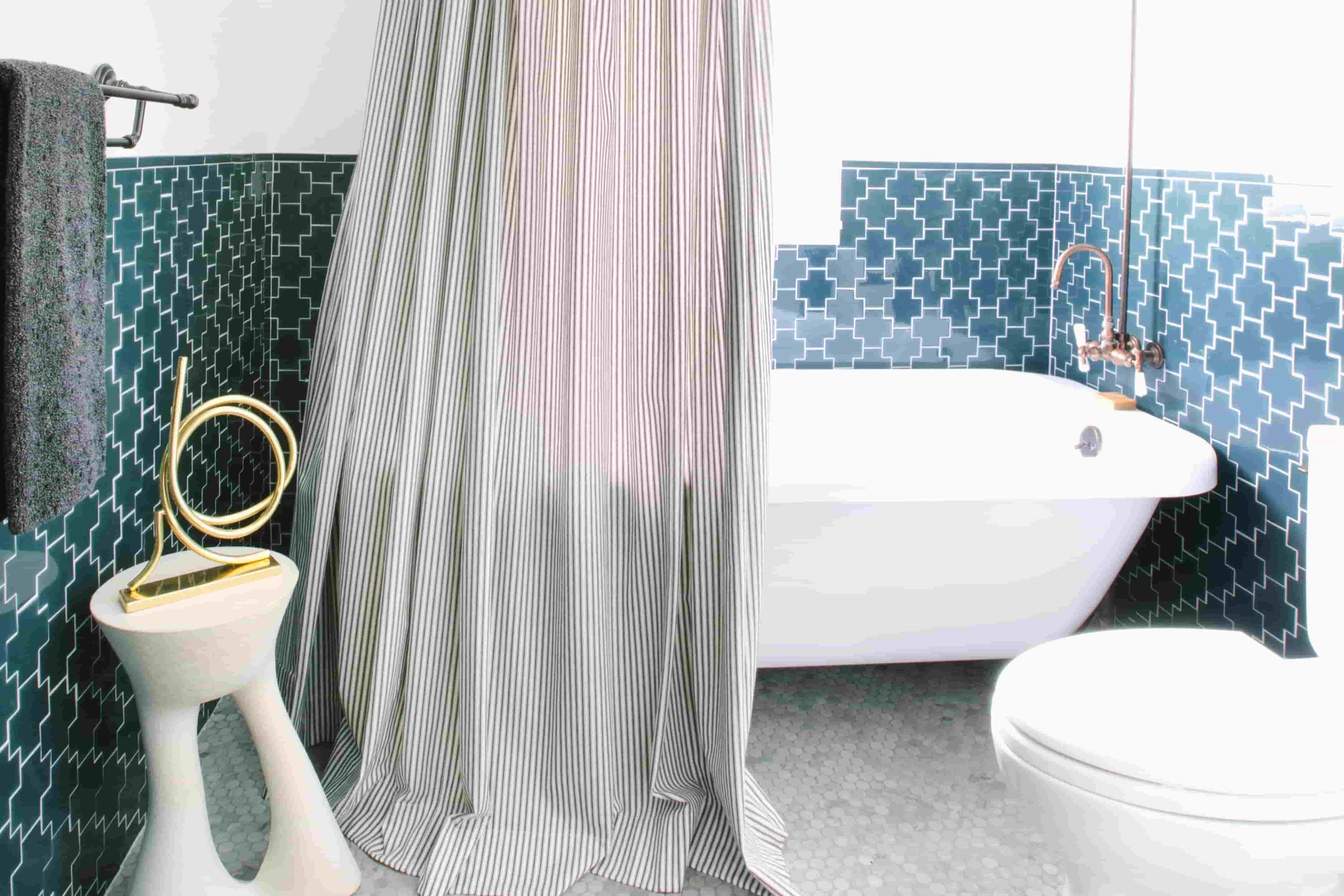
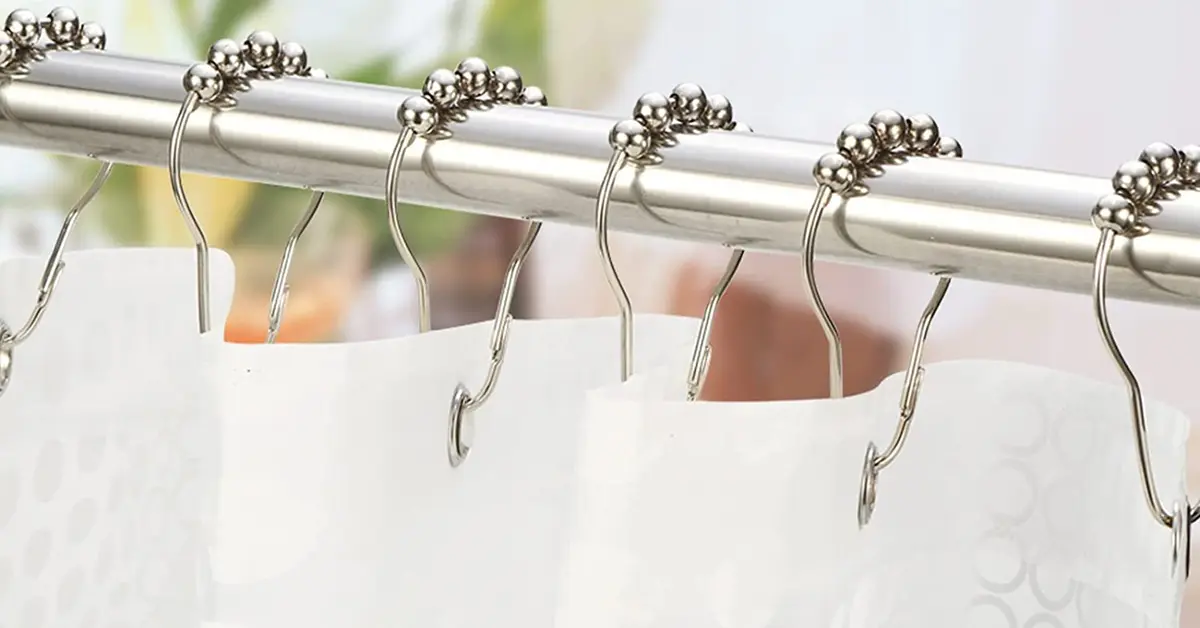
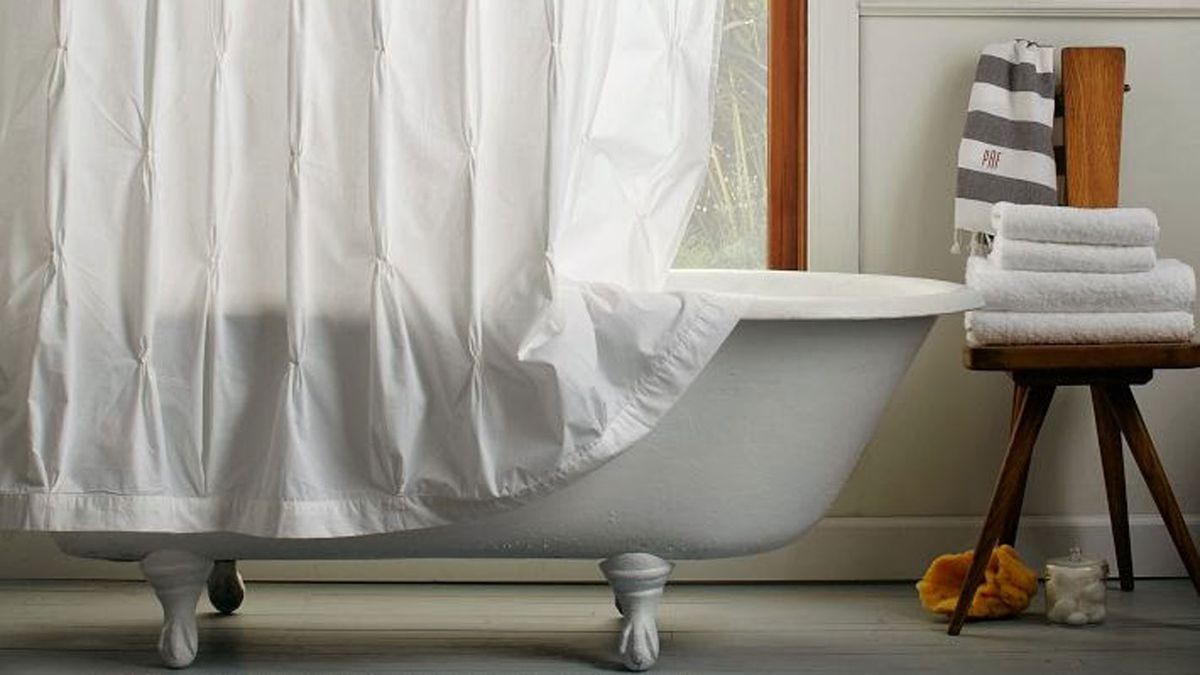
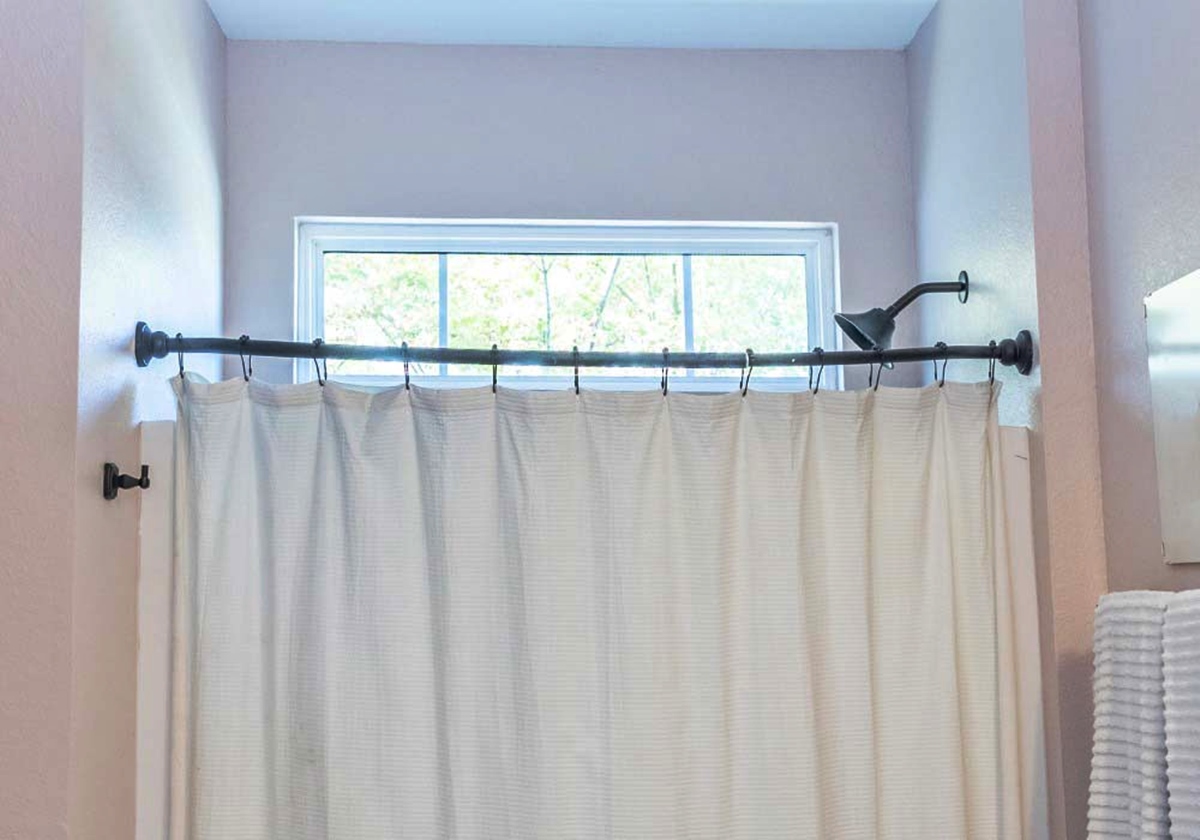
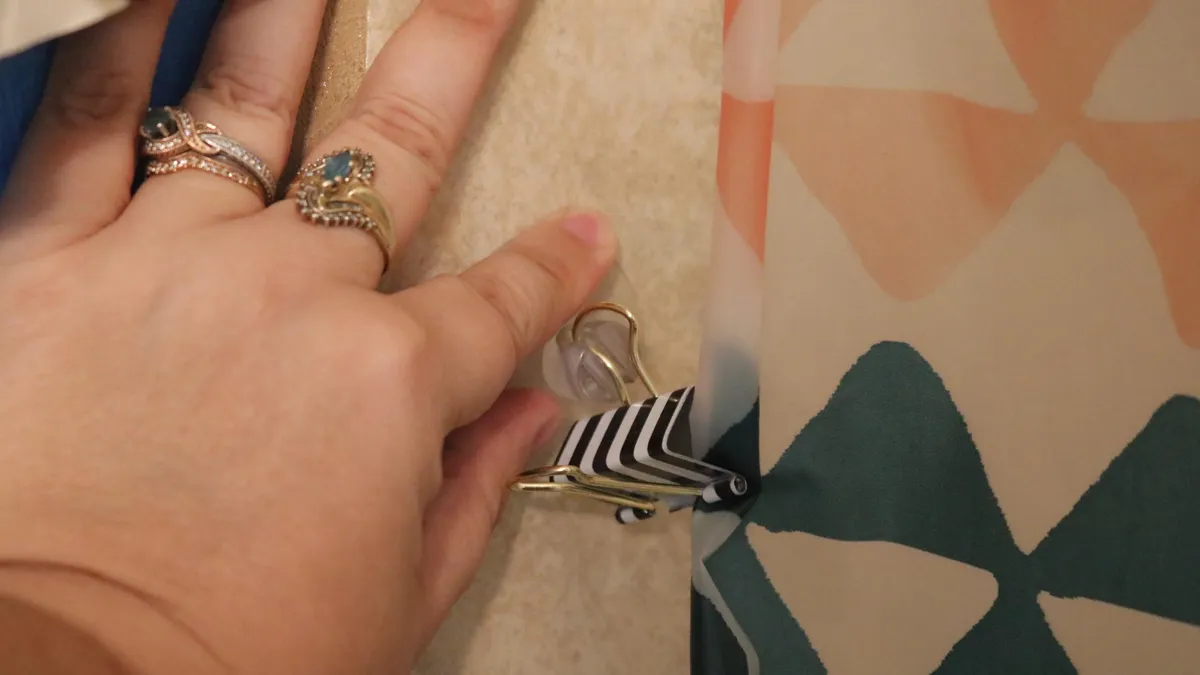

0 thoughts on “How Do Shower Curtains Work”